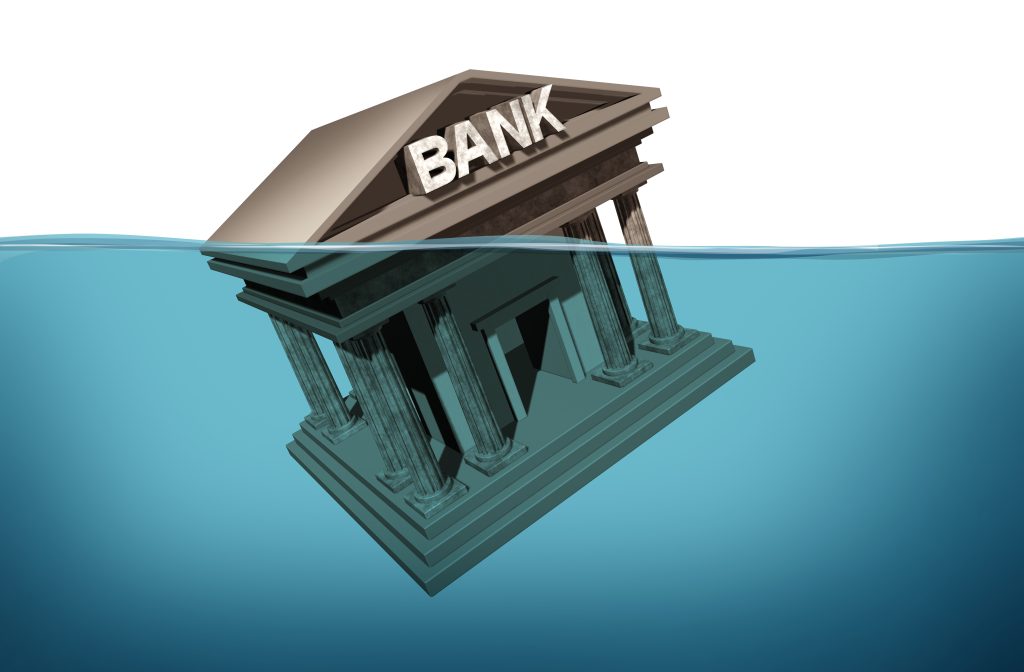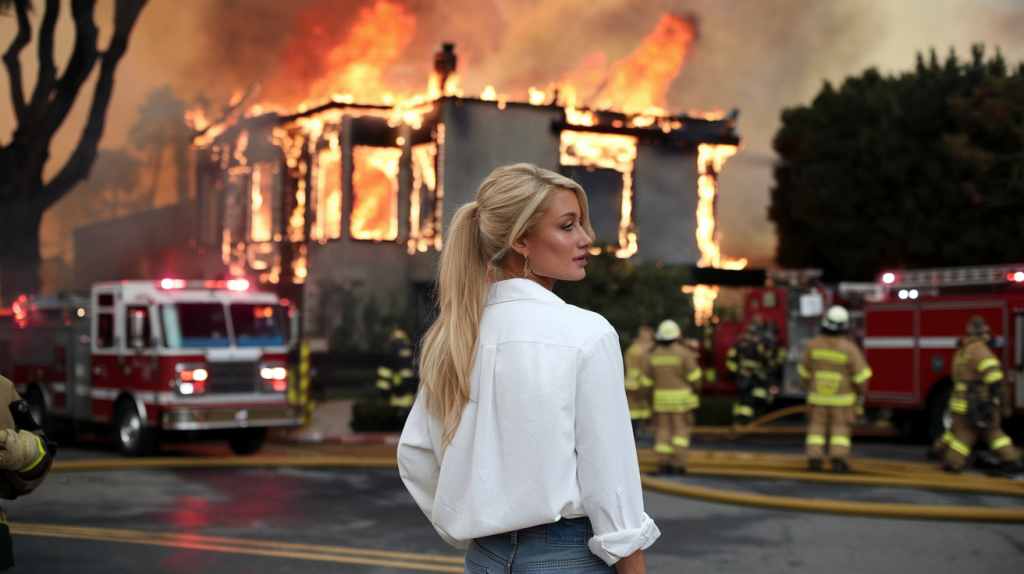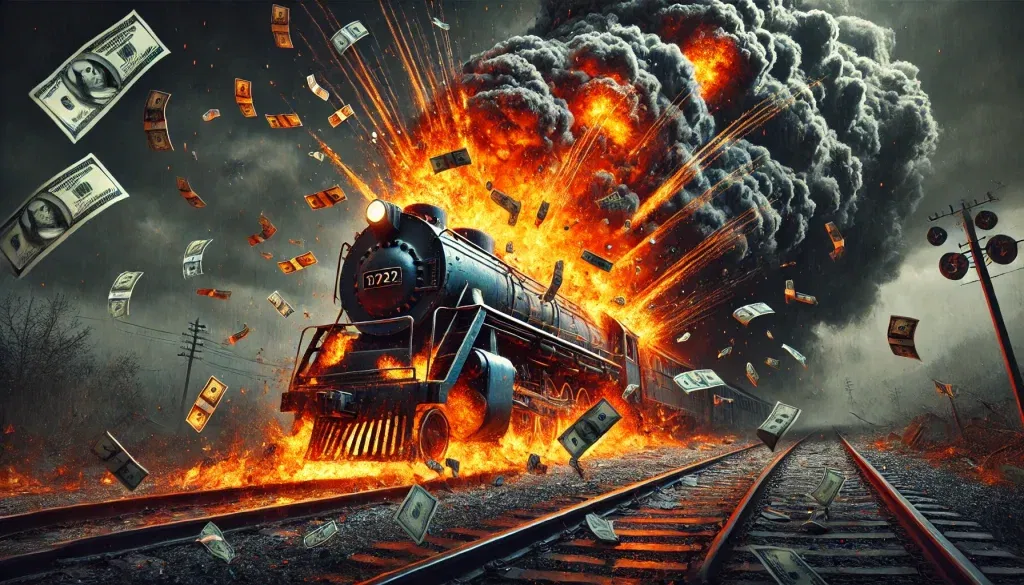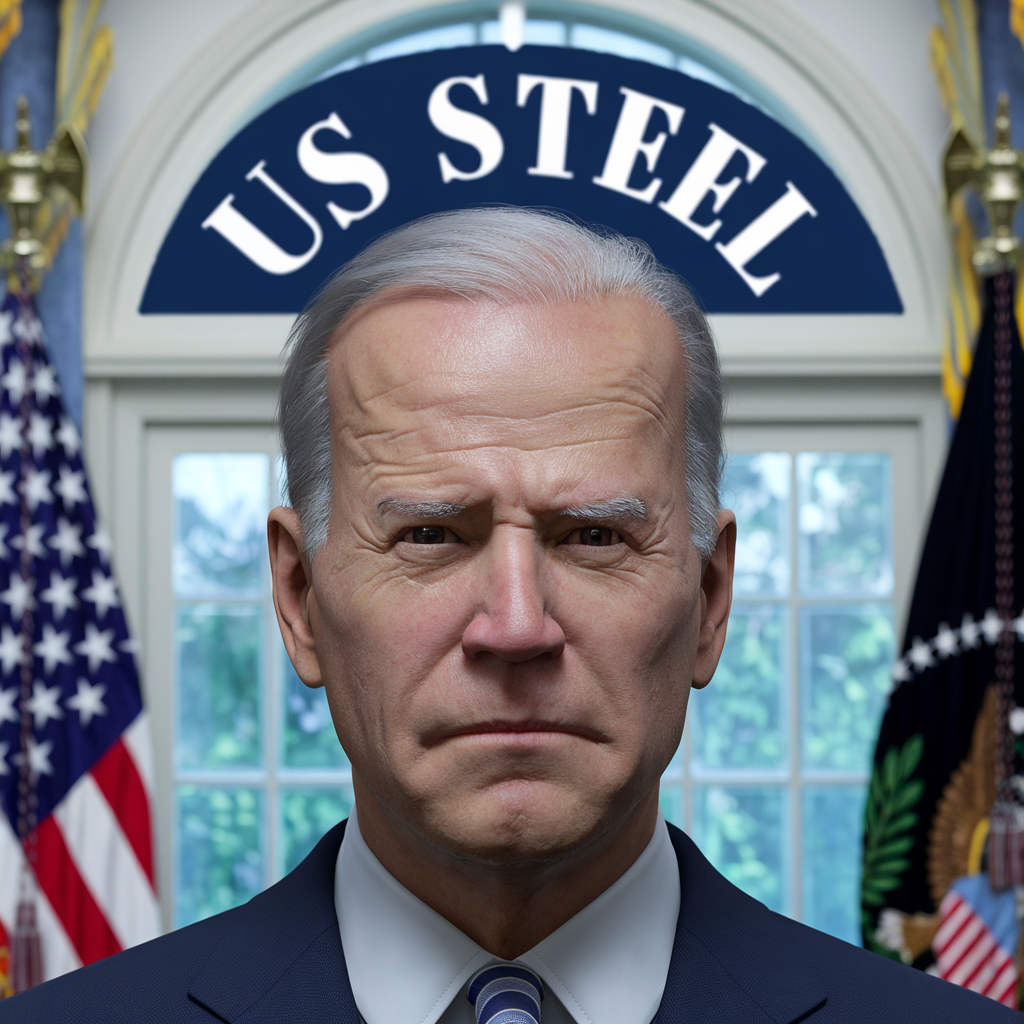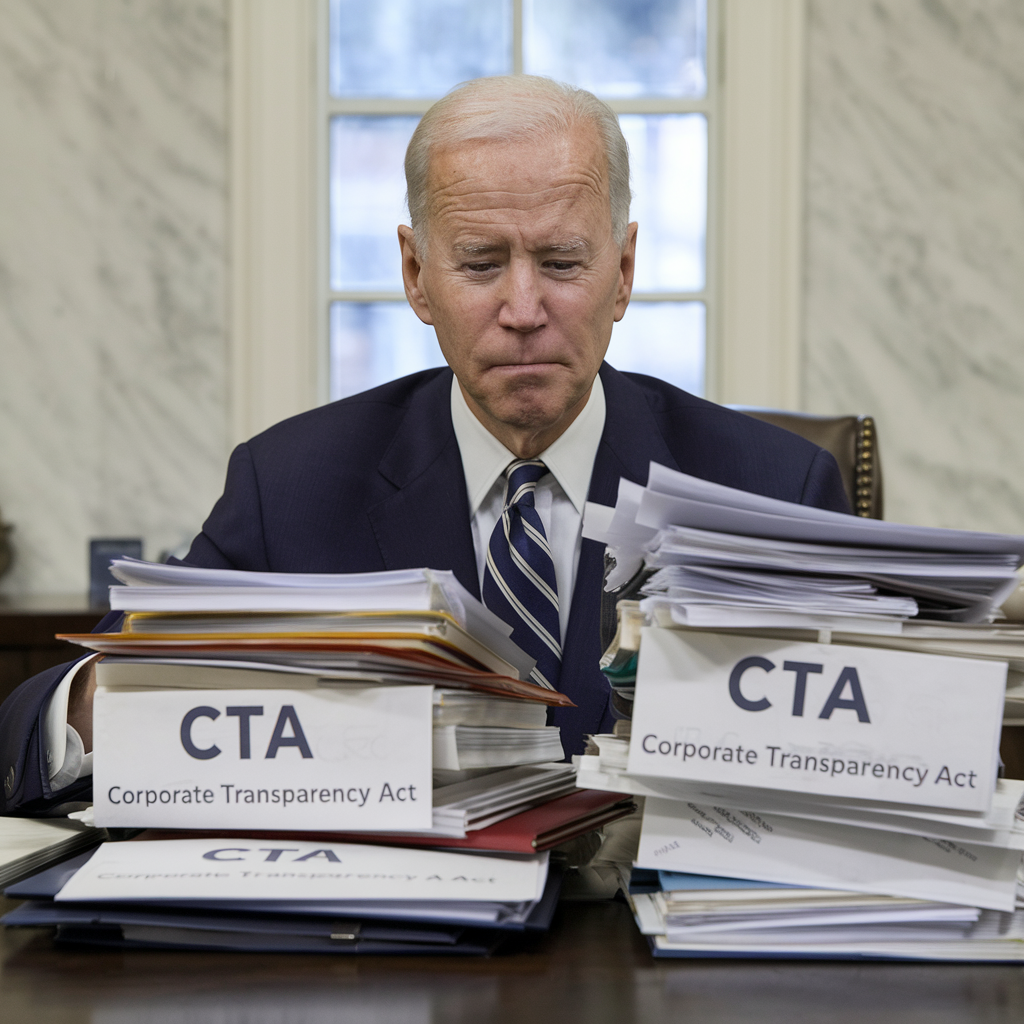At around 4 a.m. on March 28, 1979, the quiet hum of machinery at the Three Mile Island nuclear plant in Pennsylvania was shattered by a cascade of alarms and error alerts.
It started with a relatively minor issue— a cooling pump malfunctioned, triggering an automatic shutdown of the reactor. But it quickly spiraled into a full-blown crisis.
The pressure in the reactor core rose sharply, and a relief valve malfunctioned, allowing radioactive coolant to leak out unnoticed. In the confusion, operators misinterpreted data and shut off the emergency cooling system, causing the reactor’s core to dangerously overheat, leading to a partial meltdown of the fuel rods.
As the news leaked that a partial meltdown might actually be underway, the media descended on the area, stoking fears of a full-scale nuclear catastrophe.
The government’s message shifted daily, with conflicting statements that did little to reassure an anxious public.
Pennsylvania’s governor feared ordering an evacuation would incite panic, though he ultimately recommended that pregnant women and young children within a five-mile radius evacuate. This only fueled widespread concern that the situation was far more serious than officials initially let on.
Yet by all measures, the incident was not that bad. No one died. And even in the immediate area, radiation never reached harmful levels.
In fact, the plant was not even shut down. While the unit that suffered the meltdown never reopened, another unit continued operating until 2019.
Nevertheless, public confidence in nuclear energy was obliterated that night, more than 45 years ago.
Three Mile Island became a symbol of nuclear failure, and left a lasting impression, to the point that it became a kind of social meme; even the spiciest wing sauce at the ‘Hooters’ restaurant chain is named “Three Mile Island.”
Combined with the meltdown at Chernobyl in the Soviet Union a few years later— which was actually catastrophic and deadly— these events virtually eliminated any nuclear power ambition for decades.
Then something interesting happened. No one wanted to build a nuclear power plant anymore. The public wouldn’t hear of it. So every private company with experience and expertise building those power plants shifted gears and started doing something else.
Fast forward a few decades, and nearly anyone with experience building nuclear power plants has either died or retired. The skill of building those plants has become more or less extinct.
Meanwhile, most governments around the world have become fixated on extremely inefficient wind and solar energy. They’re anti-fracking, anti-fossil fuel, and unfortunately, missing the obvious answer.
They should be going all in on nuclear power, which is far and away the most efficient energy technology known to man. It’s so extraordinary that a single rock of uranium contains enough nuclear energy to power an entire city.
Some countries understand this. China and India, for example, have been ramping up their development of nuclear power plants for several years.
But in the West, and especially in the US, nuclear plants have been decommissioned, shut down, and demolished.
Part of this is due to the lingering memory of Three Mile Island, along with the media’s relentlessly bad portrayal of nuclear energy; they have been irresponsibly selling the dream of wind and solar as the future, while demonizing nuclear as a bad idea.
In fact, only three new nuclear power plants have been completed in the US since the start of this century.
And in the meantime, America has lost so much knowledge and experience about how to efficiently build these plants that developers today are struggling to figure it out.
As a result, two of the more recent nuclear reactors to be completed were seven years late and 2x over-budget.
Despite all this, I’m optimistic.
It’s hard to keep a good idea down forever, and nuclear is an incredibly good idea. And it’s one that’s truly needed.
First of all, demand for electricity is surging. The government wants to electrify everything— for example by forcing people to buy electric vehicles, and attempting to shift people away from heating and cooking with natural gas.
On top of that, the on-shoring of manufacturing back to the US will drive even more electricity demand. Plus the intense energy demands of AI data centers will push the US electrical grid well beyond its capacity.
America needs more power. And it needs it now.
We’ve talked about natural gas as a great short-term solution because US natural gas is very cheap, clean, and safe. The plants are efficient and quick to build, thanks to the up-to-date expertise of today’s companies.
But in the long run, nuclear is the most obvious solution.
The goal should be cheap, clean, safe, and reliable energy— which is necessary for a healthy economy. And nuclear fits that role better than anything else.
Interestingly, the reactor at Three Mile Island is set to reopen.
And Microsoft is writing the check to fund it.
Billy Gates, as we call him in our household, despite all his crazy talk during the pandemic, is a huge supporter of nuclear power. So at least with respect to nuclear, he’s absolutely right.
And the company that owns Three Mile Island, Constellation Energy, saw its stock price surge over 20% in a single day after the announcement of its joint venture with Microsoft.
But there are a lot of other nuclear energy related businesses—not to mention natural gas companies— that are trading at laughably low valuations.
And these are examples of the most important resources, i.e. “real assets” that we talk about all the time.
Energy is the foundation of the economy— really of modern human existence. It’s the most necessary component that drives every other real asset, from growing food, to powering productive technology.
You even need energy to produce more energy, i.e. drill for oil, mine coal, or dig up more uranium.
Given future energy trends, and the desire for cleaner, cheaper, more efficient sources, these are exactly the kinds of real assets worth paying attention to.
Many of them are dirt cheap for now. But that’s probably not going to last.

